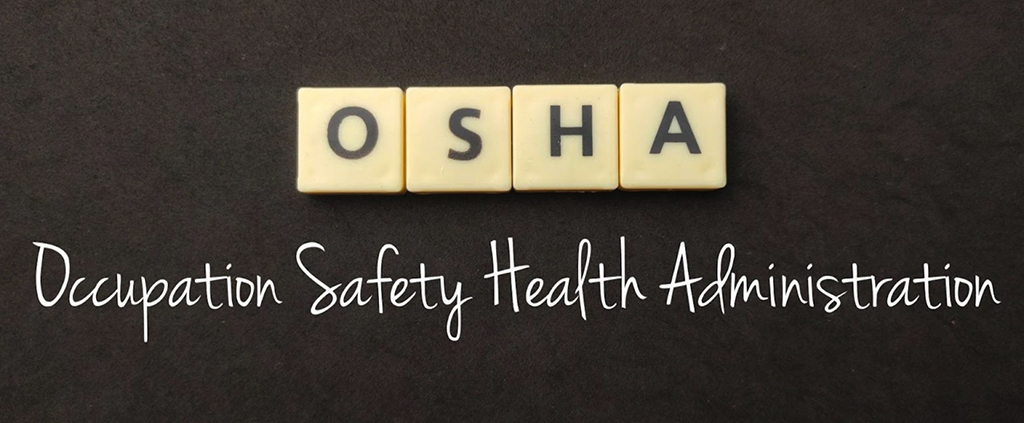"CARE,PROTECT,GROW": THE U.S.COMPLIANCE BLOG
Filter by Topic

Industrial Hygiene – Tips for Effective Site Surveys
What is Industrial Hygiene? The American Industrial Hygiene Association (AIHA) defines industrial hygiene as “a science and art devoted to the anticipation, recognition, evaluation, control,

OSHA’s National Emphasis Program on Heat-Related Hazards
Earlier this year, the Occupational Health and Safety Administration (OSHA) released its National Emphasis Program (NEP) on Outdoor and Indoor Heat-Related Hazards. The stated aim

Electrical Safety – Effective Program Management
When working around electrical equipment, are your employees aware of the requirements and hazards associated with electrical safety? OSHA and NFPA have certain guidelines and

First Aid in the Workplace – Training Options and Key Considerations
While most work in the health and safety field focuses on injury prevention, every facility needs a plan if and when injuries do occur. Preparing

Proactive Management of Ergonomic-Related Injuries: Employee Benefit and Company ROI
Ergonomic-related injuries have a dramatic effect on both employees and a business’ operations and bottom line. Understanding the potential ergonomic hazards present at a facility

2022 OSHA Regulatory Agenda & Strategy – Emphasis Areas and Focus
Each year, OSHA releases guidance regarding its regulatory agenda and areas of focus. It is important to stay up-to-date with OSHA’s emphasis programs to ensure

2022 OSHA Injury Recordkeeping – Reporting and Key Requirements
The Occupational Safety and Health Administration (OSHA) recordkeeping regulation requires employers with 10 or more employees in certain industries to routinely maintain “OSHA Logs.” To

Supreme Court Blocks ETS…Now What?
As has been widely reported, on Wednesday, January 13, the Supreme Court has reinstated the injunction or “stay” blocking enforcement of the OSHA Vaccine/Testing Emergency

OSHA Vaccine/Testing ETS Now in Effect
The OSHA Vaccine/Testing Emergency Temporary Standard (ETS) is now in effect following the decision by the 6th Circuit Court to lift the injunction blocking implementation

Update on the OSHA Vaccine/Testing ETS
On Friday, November 5, 2021, Federal OSHA published a new Emergency Temporary Standard (ETS) related to Covid-19. The ETS included several new requirements for all

Hazard Assessment – Ways to Complete and Benefits of the Process
Do you know what hazards are present in your facility? More importantly, do you know what controls are in place to mitigate those hazards? Identifying

Key Methods to Prevent Loss by Preparing for Fire-Related Emergencies
Receiving a call in the middle of the night about an emergency at your facility is unnerving. Thoughts race through your head as to what
